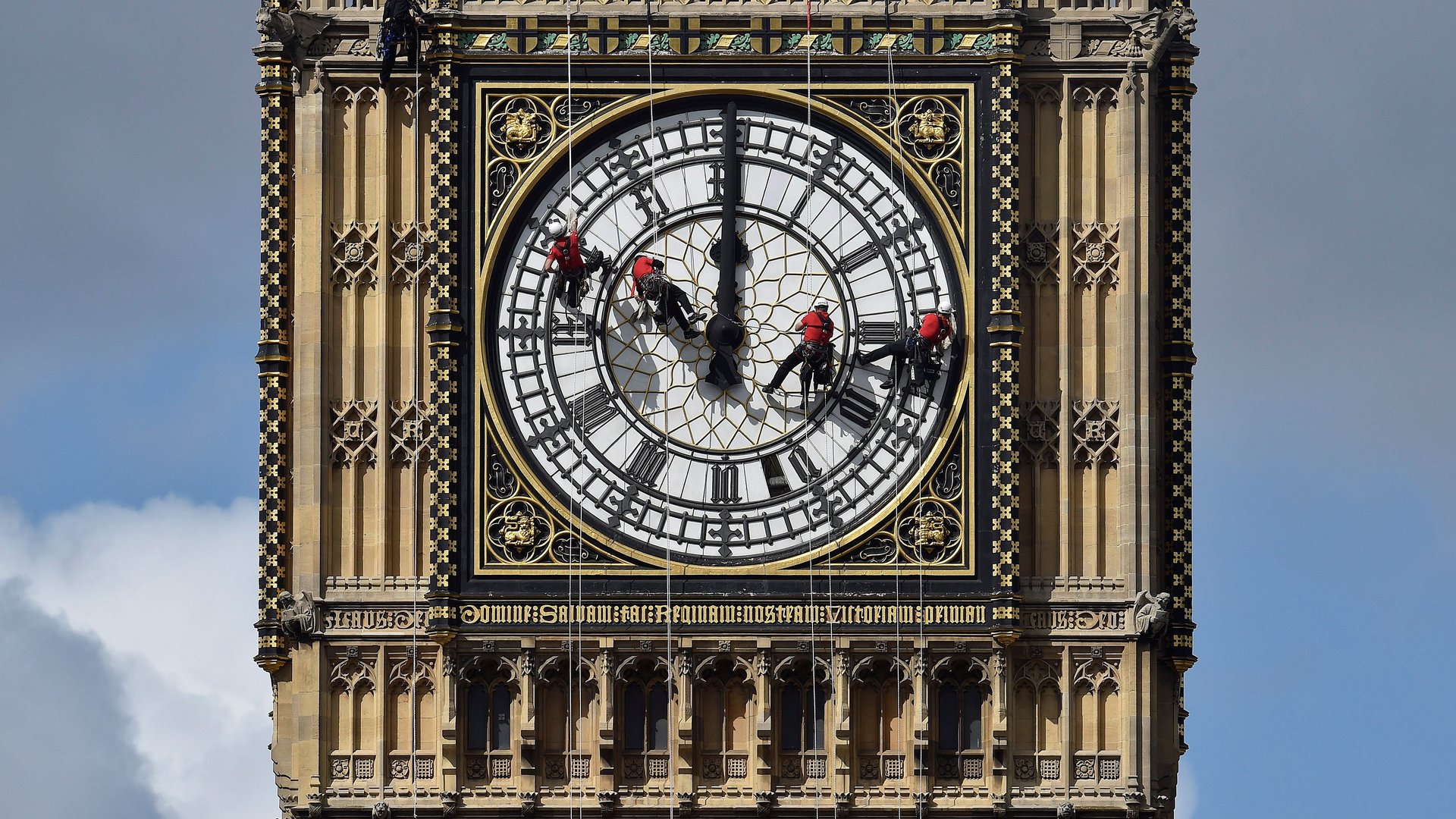The UK’s trailblazing advantage against climate change
When it comes to cutting emissions, the United Kingdom leads the pack among rich countries.


When it comes to cutting emissions, the United Kingdom leads the pack among rich countries.
A key reason for its success is the Climate Change Act of 2008, which sets out a legally binding emissions target to meet by 2050. But the government also recognized that climate change is a long-term problem, which means long-term solutions will need to survive election cycles. That’s why the act included the creation of the Committee on Climate Change (CCC), an independent body of technical minds that would both scrutinize and advise the government’s work to meet its climate goals.
“The Climate Change Act creates the destination,” says Richard Black of the Energy & Climate Intelligence Unit. “The CCC sets the milestones.” It’s the kind of approach that other countries need to adopt.
The CCC is expected to publish regular reports on progress and lay out specific policy recommendations to address the areas where the UK is failing. This week, for example, the CCC warned the government that it has about 18 months left to implement crucial policies without which it will miss its 2025 climate goal—and struggle to reach its 2050 goal.
Just like central banks set monetary policy with economic stability in mind—regardless of which political party is in power—the CCC independently sets out its vision for a carbon policy with climate resilience in mind, says Sam Fankhauser, director of the Grantham Research Institute on Climate Change at the London School of Economics.
This thorough and evidence-based approach gives the CCC great credibility: When the committee publishes its advice, the UK government often listens. In May, the CCC said the falling costs of low-carbon technologies now make it economically feasible for the UK to increase its climate ambition—without much extra spending. In June, prime minister Theresa May proposed a goal of net-zero emissions by 2050, which passed through the parliament unopposed and became the country’s new legally binding target.
The CCC doesn’t just look at reducing emissions. It also addresses the question of adaptation. Even if the world is able to hit climate goals set under the Paris climate agreement, it will have to deal with the effects of warmer temperatures. The CCC recognizes that in some areas—agriculture, energy consumption of buildings, and electricity generation—policies can achieve both goals: emissions reductions and climate resiliency.
When it began operating, the CCC was a first-of-its-kind institution, says Fankhauser. Its success has led other countries, including Sweden, New Zealand, and Ireland, to copy the UK’s lead in setting up similar bodies. It helps that each of these countries also have progressive laws on climate action.
But that shouldn’t stop other countries from setting up copies of the CCC.
Under the Paris climate agreement, each country is required to submit a Nationally Determined Contribution towards global climate goals. These are self-set emission-reduction targets that each country believes it can sensibly hit in a certain timeframe. Black says that an independent, technical body like the CCC could go a long way in helping countries think through just how it could hit those goals—and perhaps even raise their climate ambition.